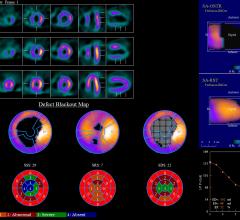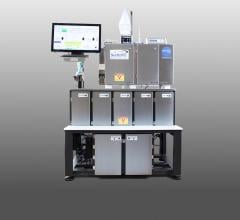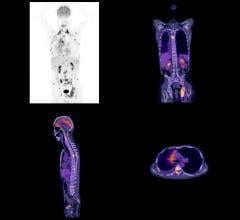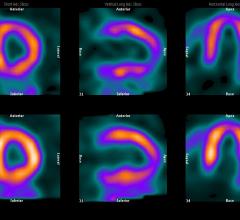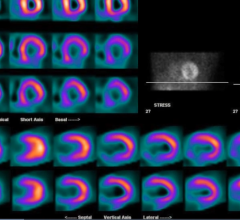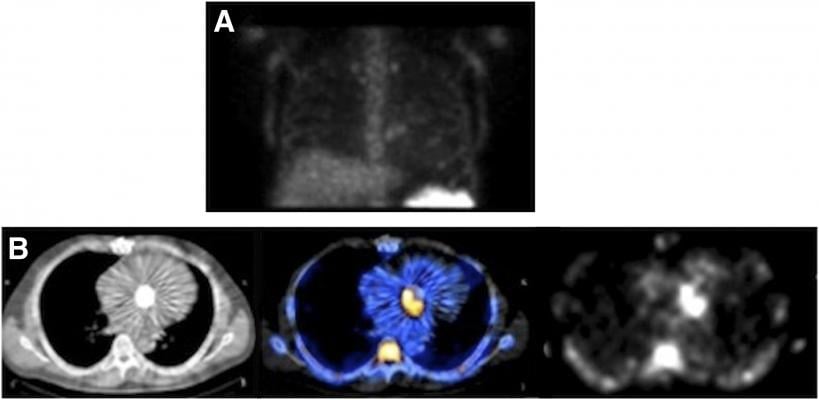
August 2, 2012 — When combined with standard diagnostic tests, functional imaging procedures have been shown to reduce the rate of misdiagnosed cases of infectious endocarditis. According to new research published in the August issue of the Journal of Nuclear Medicine, single photon emission computed tomography/computed tomography (SPECT/CT) with 99mTc-hexamethylpropleneamine oxime-labeled white blood cells (99mTc-HMPAO-WBC) can improve the diagnosis of infectious endocarditis in hard-to-diagnose cases.
Infectious endocarditis is an infection of the lining of the heart chambers and heart valves that is caused by bacteria, fungi or other infectious substances. It affects 2-4 people per 100,000 each year, with 25-50 percent of the cases occurring in patients older than 60 years. Mortality from infectious endocarditis remains high when the condition is undiagnosed and, therefore, not adequately treated.
The diagnosis of infectious endocarditis is becoming progressively more challenging because of a variety of factors: the indiscriminate use of antimicrobial agents in some clinical settings, the increased number of individuals with predisposing or underlying conditions (i.e., frail and elderly, immune-suppressed persons), and the increasing number of interventional cardiovascular procedures and placement of valve prostheses, intravascular devices and cardiac devices.
“SPECT/CT with 99mT-HMPAO-WBC is a nuclear medicine technique currently used for the management of patients with infection; its application in infectious endocarditis has been restricted to few reports,” said Paola A. Erba, M.D., lead author of the study. “With this work we aimed to open new perspective for the application of this technique.”
Researchers conducted 99mTc-HMPAO-WBC SPECT/CT scans on 131 consecutive patients with suspected infectious endocarditis. Patients with permanent cardiac devices were excluded from the research as the devices might have introduced the infection. Results from the scans were compared to diagnostic tests for standard infectious endocarditis—transthoracic or transesophageal echocardiography (TEE), blood cultures and the modified Duke Endocarditis Service criteria, which are recommended for classification.
Of the 131 patients, 97 were found to have uptake indicating infection. The 99mTc-HMPAO-WBC SPECT/CT scan was true positive in 46 of 51 patients and false negative in 5 of 51 cases (90 percent sensitivity, 94 percent negative predictive value and 100 percent specificity and positive predictor value). In addition, septic embolism was detected in 41 percent of the patients.
“When the results of the 99mTc-HMPAO-WBC SPECT/CT scan were associated with either positive echocardiography or a positive blood culture, no cases of infectious endocarditis went undiagnosed,” noted Erba. “This demonstrates the added value that 99mTc-HMPAO-WBC SPECT/CT scans can provide to assist physicians in their diagnosis and treatment decisions. Cardiologists and infectivologists dealing with infectious endocarditis should consider using 99mT-HMPAO-WBC when they are facing difficult situation.”
For more information: www.snmmi.org


 April 13, 2023
April 13, 2023 


